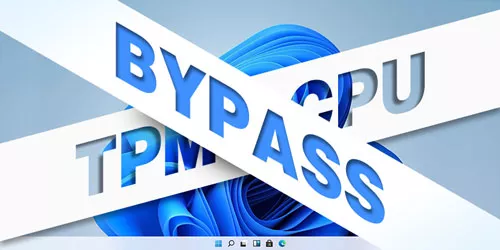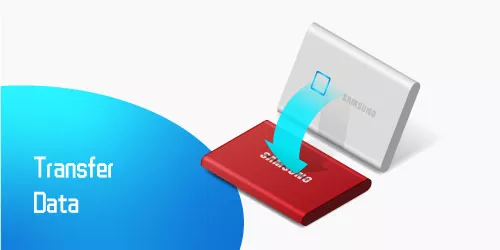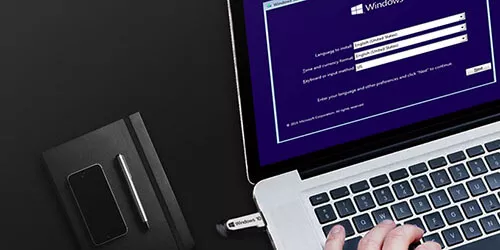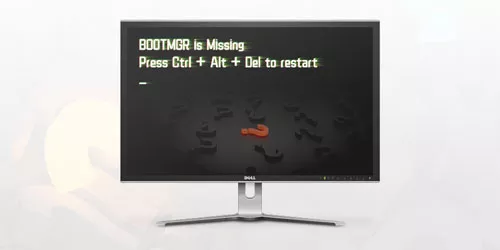How to Install Windows 11 without USB Flash Drive or DVD
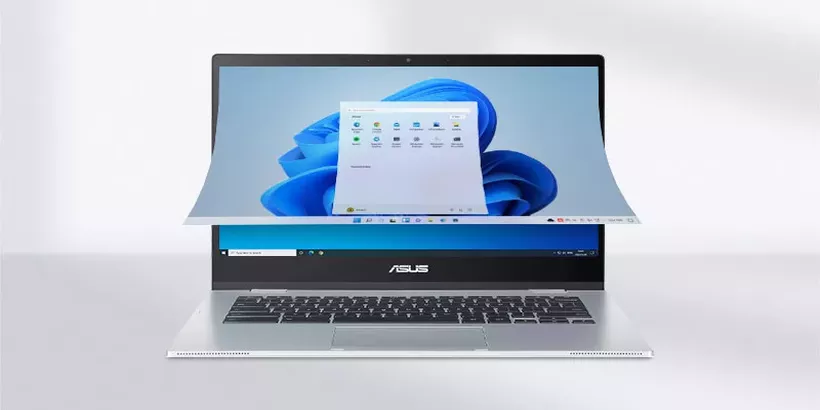
When we think install Windows, a bootable USB or DVD usually is the most common way. But if we don’t have a suitable USB or DVD, is there any other way to install Windows? This article will introduce you some ways to achieve this goal. I will provide a detailed explanation of these methods in this article: How to Install Windows 11 without USB Flash Drive or DVD. Here we go.
Method Preview
| Overview | |
|---|---|
| 1. Update from Settings -> Windows Update | The simplest way to install Windows. |
| 2. Windows 11 Installation Assistant | Microsoft official Recommend but need your computer enable TPM 2.0. |
| 3. Create Windows 11 installation Media | The most common way to clean install Windows. |
| 4. Via Windows 11 Disk Image (ISO) | No ancillary equipment is required but it needs your computer enable TPM 2.0. |
| 5. Migrate from another computer -- recommend | Keep everything in the original and don't need to reset it step by step. |
1. Check Windows 11 system requirements
Before starting, check whether your computer meets Windows 11 system requirements.
Generall, the system disk needs to be 64GB or larger and the pc must support TPM 2.0. If you want to know more details, please refer Find Windows 11 specs, features, and computer requirements.
You can also check it through PC Health Check app provided by Microsoft easily. If it prompts that "The PC must support TPM 2.0", You can refer Enable TPM 2.0 on your PC to try to enable TPM or How to Bypass Windows 11 TPM/CPU Check (Unsupported PCs Are Available) to bypass TPM.
2. Three ways to install Windows 11 without USB Flash Drive or DVD
From Microsoft official download page, we can see three options for installing or creating Windows 11 media and per option has a detailed description for you to determine. If there is a suitable way for you, just follow the official steps.
All right, let's get started.
Way 1: Use "Windows 11 Disk Image(ISO)" to install
You need to prepare these materials first:
- A computer running windows 10 (version 1709 or after) or later.
- A suitable Windows 11 Disk Image (ISO) for x64 devices (you can download it in the Download Windows 11).
The specific steps are as follows:
Step 1: Navigate the iso file you have prepared.
Step 2: Mount it via double click it or right click and select Mount from the pop-up menu.
Tips: If it doesn't work, you can change the default program to open the .iso file according to the diagram below.
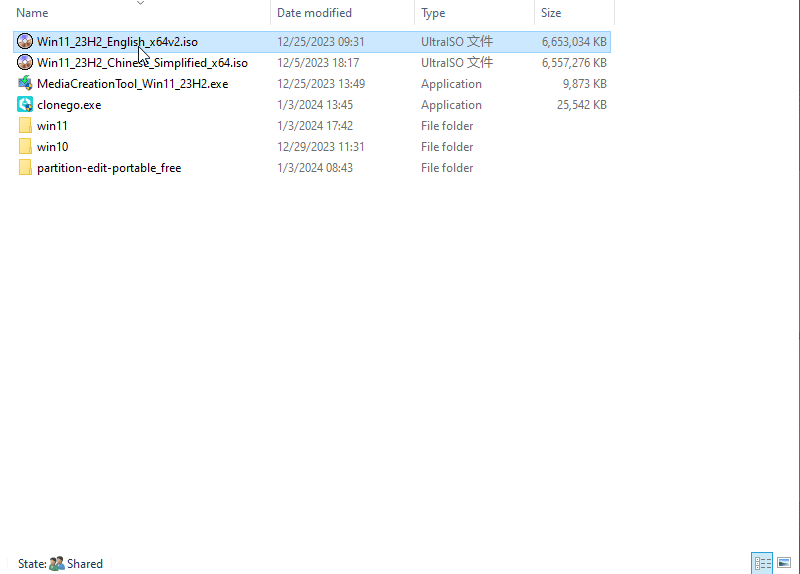
Step 3: In the pop-up windows, run setup.exe as an administrator.

Step 4: On the screen that appears, select Change how Setup downloads updates and in the next screen, pitch on Not right now.
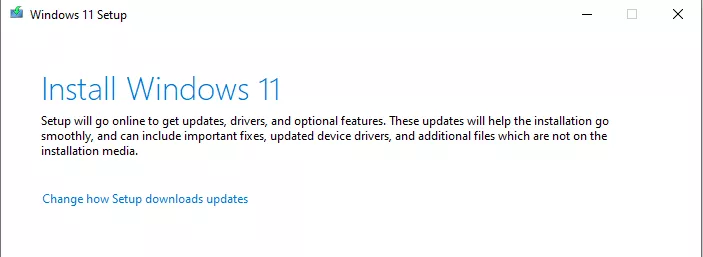
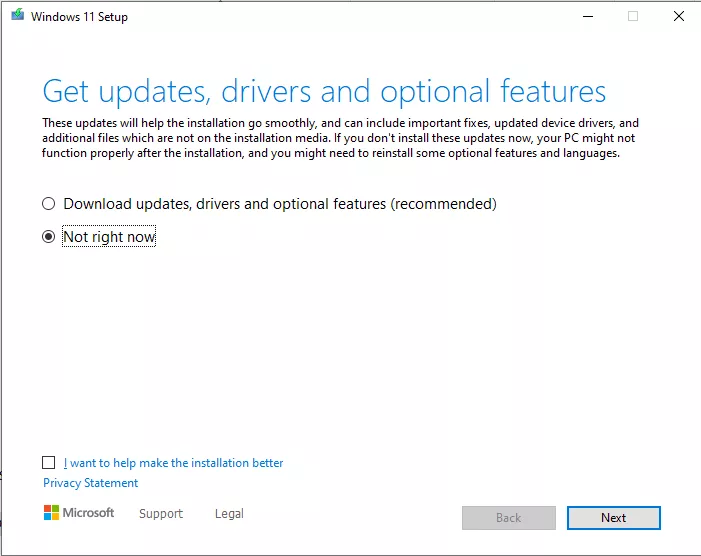
Step 5: Click Next, then Accept the Applicable notices and license terms and select Change what to keep to change the contens you want to keep in the subsequent screen.
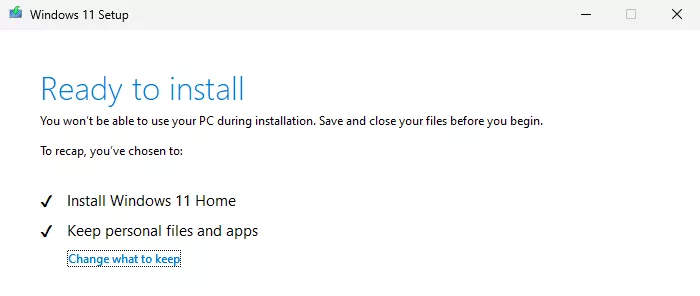
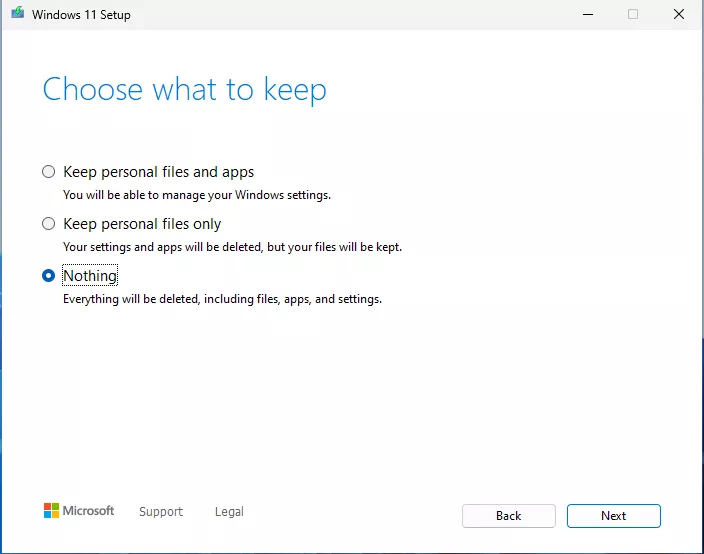
Step 6: Follow the instructions on the screen until the setup finished.
Way 2: Migrate from another computer or HDD
Before starting, You will need:
- An empty SSD with plenty of capacity.
- A computer running the desired system(In this article, refers to Windows 11).
- A system migration tool to migrate system.
This way can be done in two main steps. The first step is migrate Windows 11 from another computer(or HDD) to a new SSD, and the second step is boot from the SSD. Let's take a look.
Part 1: Migrate Windows 11 from another computer to a new SSD
Step 1: Plug the SSD to computer and initial it.
Tips: You can refer How to Install Windows 11 on a New SSD without USB or DVD [Step-by-step] to achieve it, and this article also explains in detail how to perform a system migration.
Step 2: Use "NIUBI Partition Editor" or other tools to backup system, you can achieve this operation by following the how-to picture below. Please note that the operation will delete all partitions on the destination disk, if there is some useful data in this SSD, remember to make a backup.
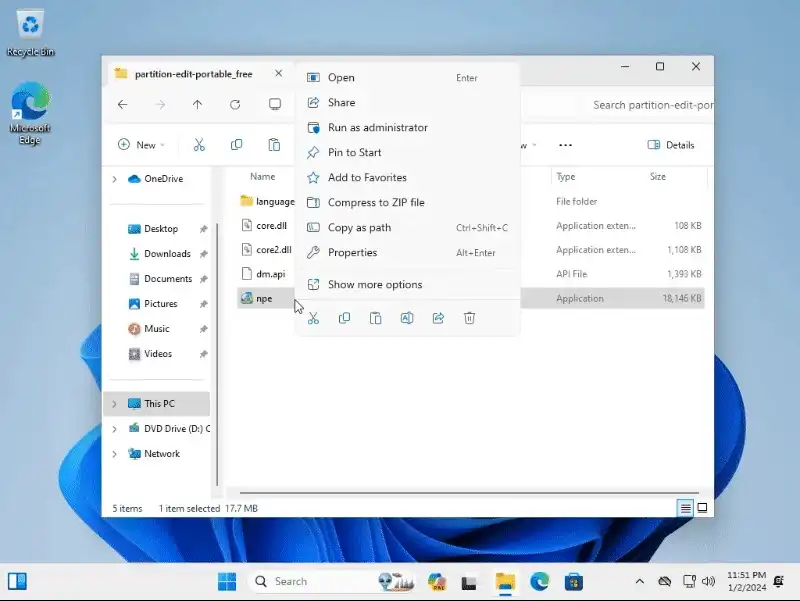
Part 2: Boot from the SSD
There are two situations when you migrate the system. The first situation is change your boot disk from HDD to SDD and the second is migrate your system to another computer.
Situation 1: If your purpose is switch your boot disk to the SSD, enter the BIOS menu(usually by pressing some keys F12, ESC and so on during the startup) and change the boot order to put the SSD first. Then save and exit BIOS settings. Restart computer.
Tips: You can refer hot keys to enter Boot Menu to find the way to enter your computer's BIOS Menu.
Situation 2: If you want to migrate your system to another computer, you need to plug the SSD to another computer and do the same as situation 1.
Way 3: Other solutions
You can also install windows 11 via the Windows 11 Installation Assistant provided by Microsoft, when you don't have an applicable USB Flash Drive or DVD.
Anyway, the easiest and most convenient way to install windows 11 is that upgrade it by the windows update tab in the Settings menu.
Just like this:
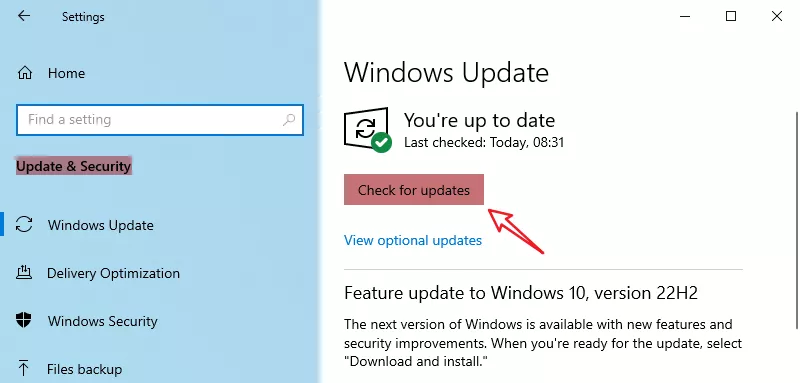
3. Conclusion
In this article, we discuss some ways to install Windows 11 without USB Flash Drive or DVD. You can choose the method that suits you to install Windows 11. Hope this article can help you.


